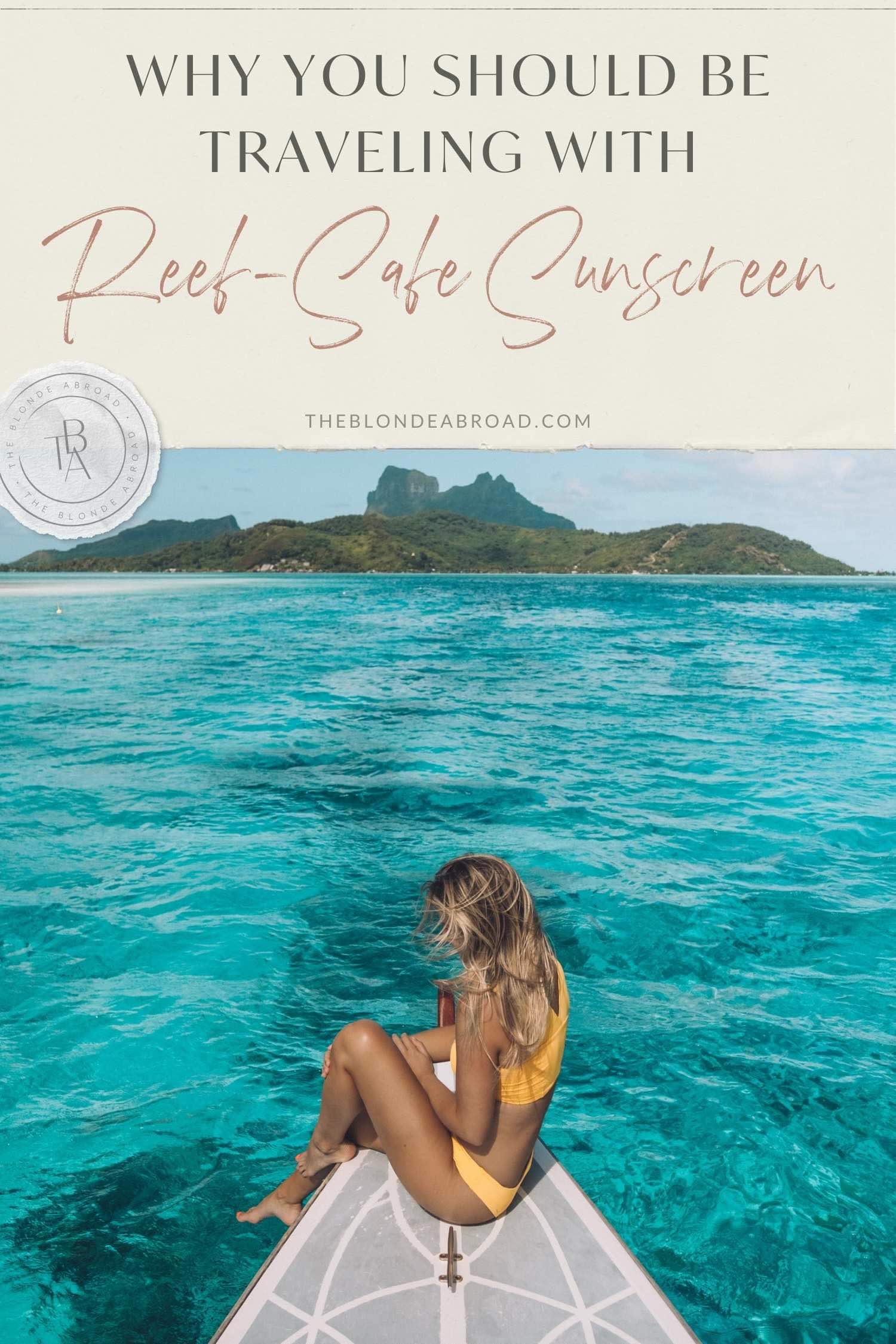
While wearing sunscreen is extremely important to protect your skin, did you know that it can cause damage to our planet’s reefs?
When sunscreen washes off of your skin and mixes with the water, it can contribute to coral bleaching and even speed up the process. While many people aren’t familiar with coral bleaching, you’ve probably heard something along the lines of,
“The Great Barrier Reef is dying.”
Well, it’s not just the Great Barrier Reef, but coral reefs around the world—places like Hawaii, Seychelles, and the Maldives—are impacted by the chemicals in some sunscreens.
Not only do the chemicals hurt the reefs but they can also be toxic for marine life.
The culprits? Research has now found quite a few including: Oxybenzone, octinoxate, Homosalate, Octocrylene, Avobenzon, Octisalate and Parabens.
In response, countries and regions are stepping up. Reef-harming sunscreen ingredients have now been banned or restricted in places like Hawaii, Palau, Aruba, Thailand (within marine parks), and Mexico.
Because of the harm they can cause, many islanders are taking matters into their own hands and developing reef-safe sunscreens, in hopes of protecting their home.
Here are ways to help you pick reef-safe sunscreens for your next tropical vacation!
Eco Travel
Want to make your environmental impact on the world less? From tips to how to make your life more "green" at home to sustainable practices and eco-friendly travel resources, here is the sustainability and eco-travel guide.
Read More!How to Reduce Your Environmental Impact While Traveling
We can all do something to reduce our carbon footprint while traveling. Here are my tips on how to reduce your environmental impact!
Read More!Negative Effects of Sunscreen on Our Oceans
While climate change is one of the biggest factors impacting marine life, the sunscreen we use doesn’t have to add to that!
So what exactly is coral bleaching?
When the chemicals in sunscreen get into the water, they can cause damage to the DNA in larval and adult stage coral. But what does that mean? It limits their growth and ability to develop in a healthy way…essentially, coral can’t reproduce as it should.
Coral typically bleaches when the temperature of the water rises above the normal maximum by 1.8–3.6°F...
Yet, some studies suggest that oxybenzone can make coral more vulnerable to bleaching at lower temperatures than usual.
And with oceans heating up—this is huge! Think about when you get a fever…it’s only a few degrees higher than your normal body temp, but man oh man, can you feel it!

As coral reefs are already struggling, we don’t want to add anything else that might harm them!
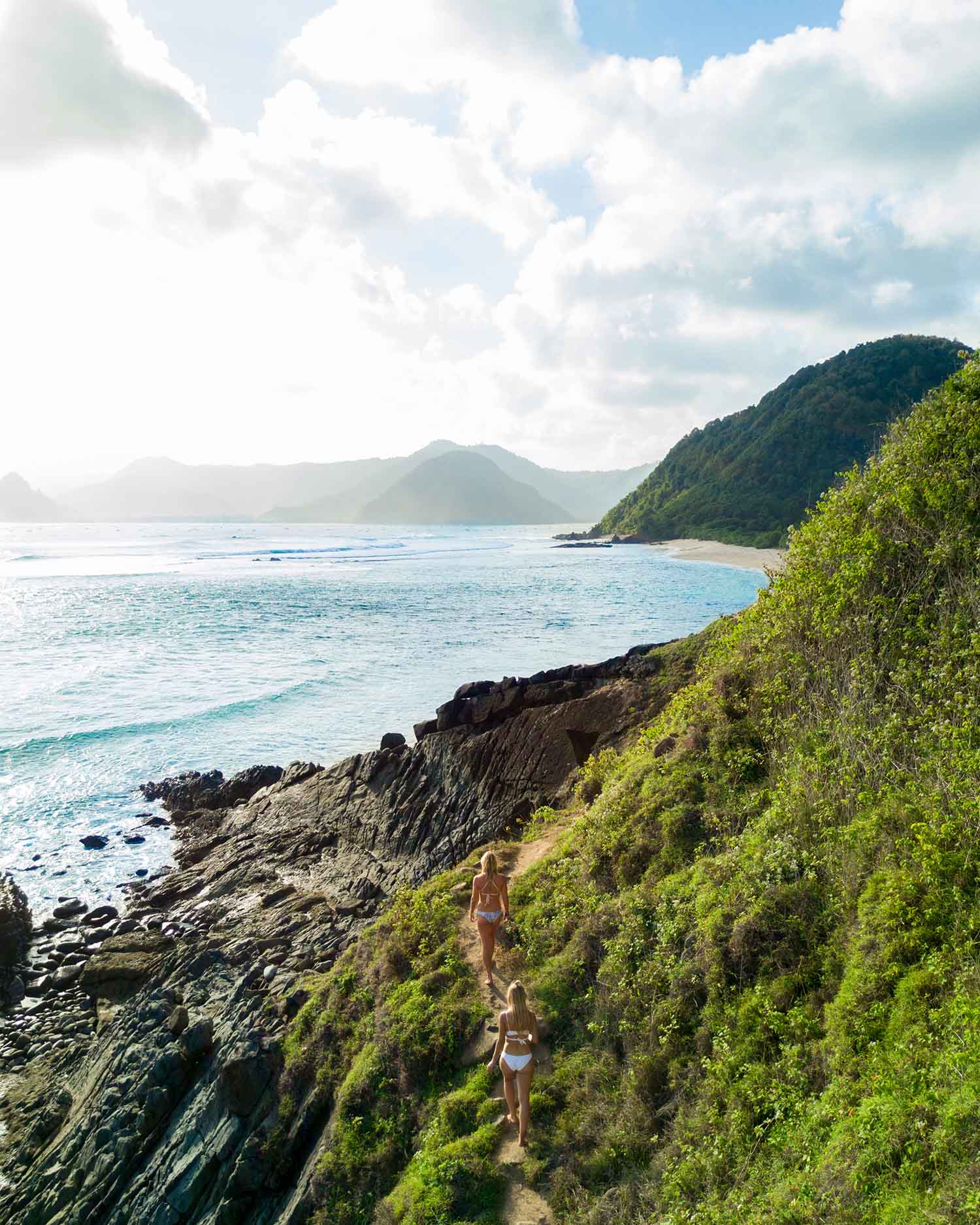
Lombok, Indonesia
Not All Sunscreens Are Created Equal
Your skin is your biggest organ, so you should be doing everything you can to help protect it, right?
Think about what happens when you use sunscreen: you reapply multiple times and allow it to soak into your skin. If you’re using a spray, you potentially inhale sunscreen fumes…or if you apply SPF to your lips, you could ingest a small amount.
The FDA is currently researching sunscreens on the market
The FDA is concerned that some sunscreens might include cancer-causing ingredients, be messing with hormones, and causing endocrine disruption. No thank you!
Sunscreens that also contain retinyl palmitate (aka vitamin A), which is an antioxidant that combats skin aging, may actually trigger the development of skin tumors when in the sun.

What You Can Do
Don’t worry, that doesn’t mean you need to stop wearing sunscreen—not at all!
First, when looking to purchase a new sunscreen, lip products, and skin lotions, steer clear of ingredients like vitamin A—aka retinyl palmitate, retinyl acetate, retinyl linoleate, and retinol.
Second, avoid spray sunscreen.
When you spray the sunscreen, you’re not only getting it on youreslf but you’re also getting it all over your surroundings. You’re putting solutions into the air and all over the sand, potentially causing harm to even more critters and their habitats.
And, last but not least, wear mineral sunscreens. They are typically made with zinc oxide and titanium dioxide; research shows that few (if any) zinc or titanium particles actually penetrate the skin.
So, when it comes to sunscreens, mineral ones tend to be better than chemical, for both you and the environment.
Helpful Tip:
If using spray sunscreen is absolutely necessary, I recommend spraying yourself in the shower or spray into your hand to apply. This way you can contain it in an enclosed space.
Reef-Safe Sunscreens I Love!
These are some of my favorite reef-friendly, water-resistant, and biodegradable sunscreens!
Biodegradable & Reef Safe Sunscreen by Stream2Sea
Tested and proven reef-safe, biodegradable everyday sunscreen
Try ThisOverall
Researching the ingredients in your sunscreen will not only help the environment, but it will also help you live your best, healthy life!
So take a peek at those ingredients and check out if the sunscreen you’re purchasing is reef-friendly, especially for your next tropical vacation!
The Ultimate Eco-Travel Guide
If you want to ensure your lifestyle is more eco-friendly when you travel, I’ve compiled a guide on all the things you can start doing to be more “green.”
Read More
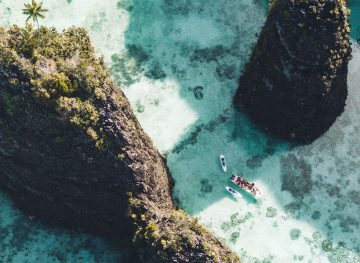
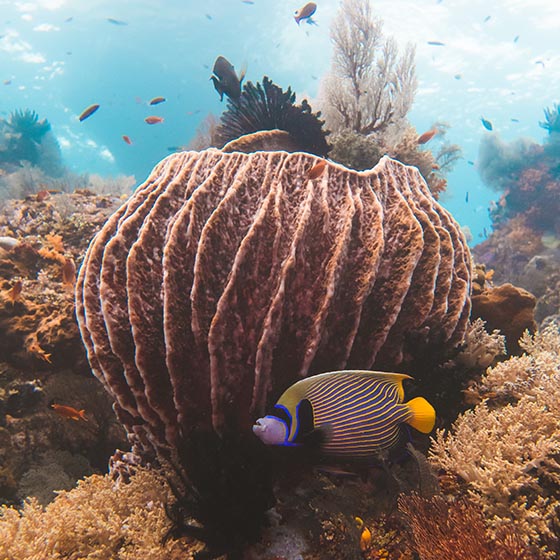

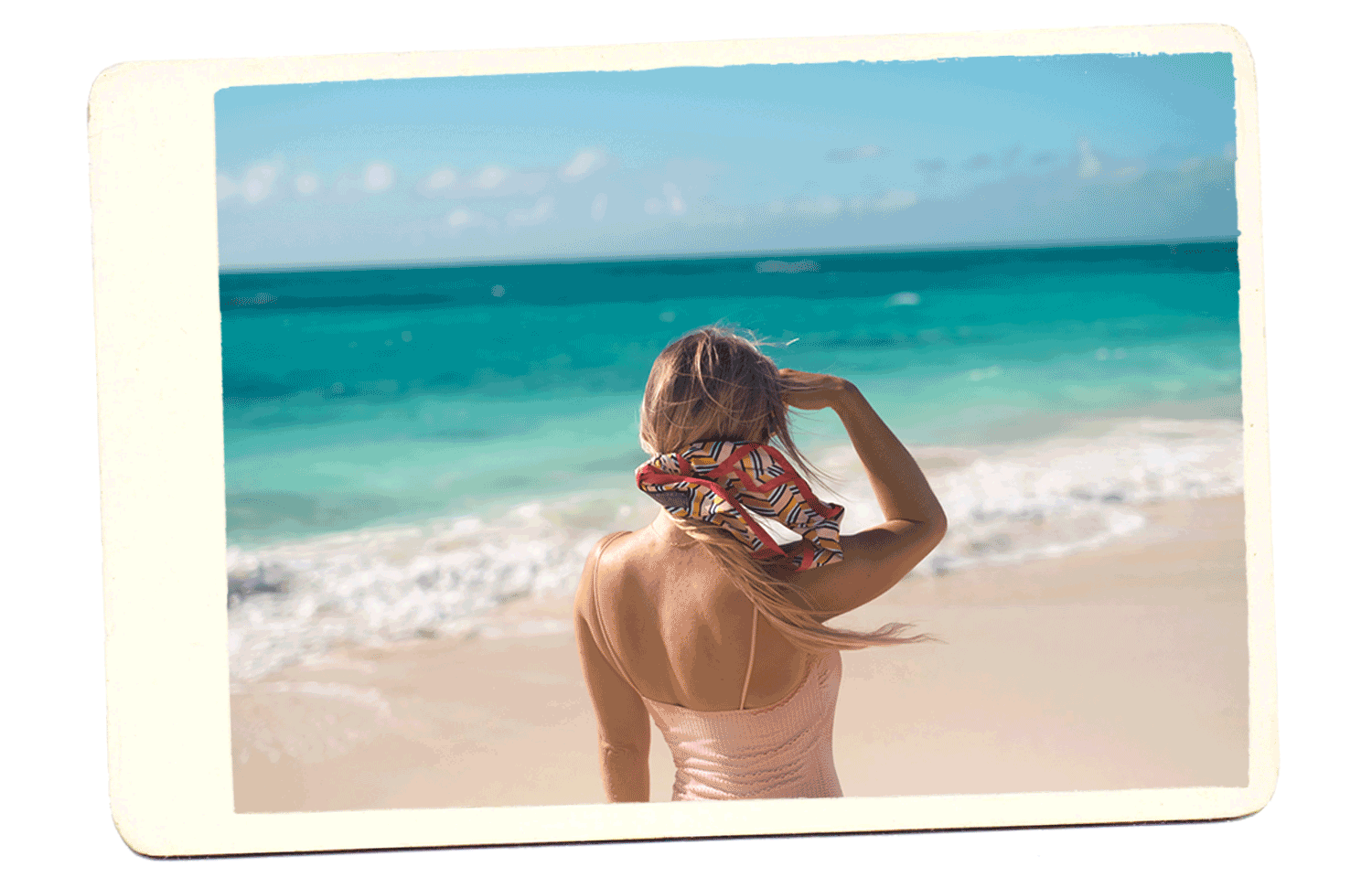
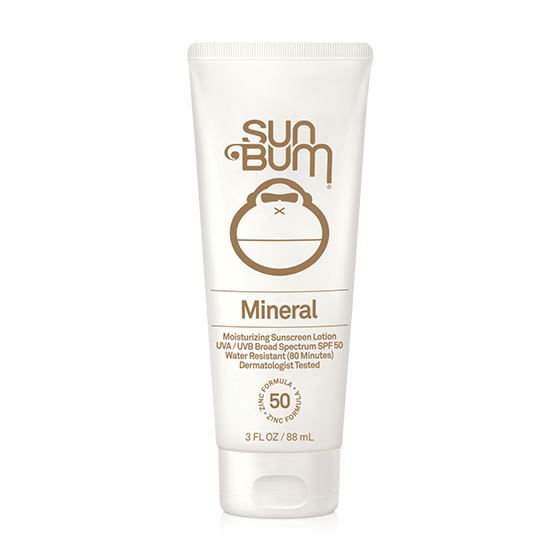
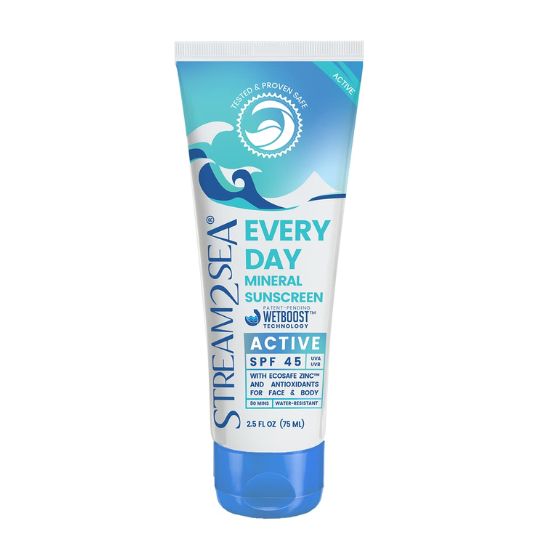
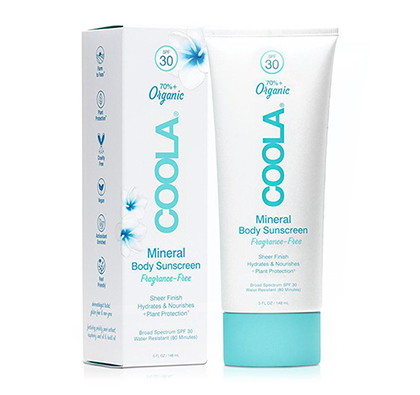
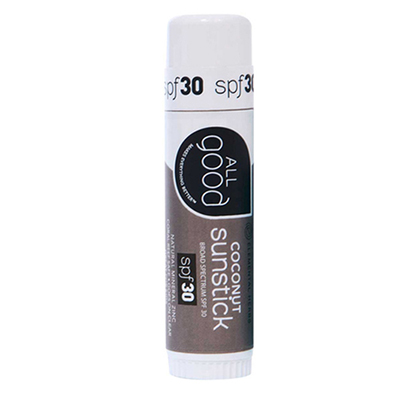
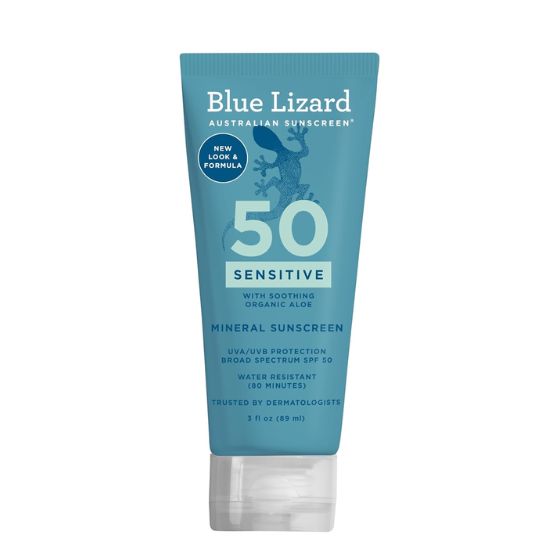
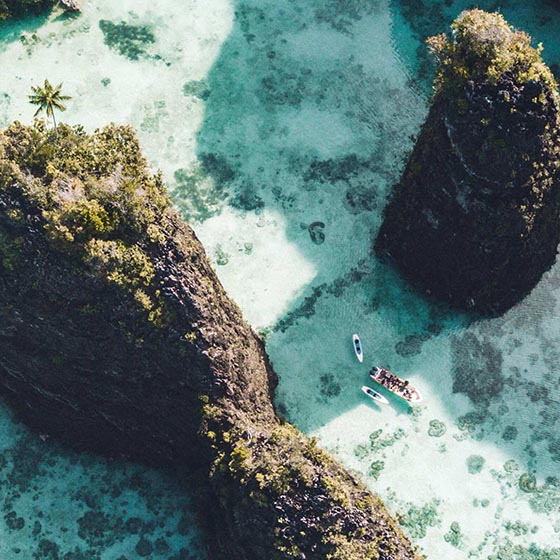

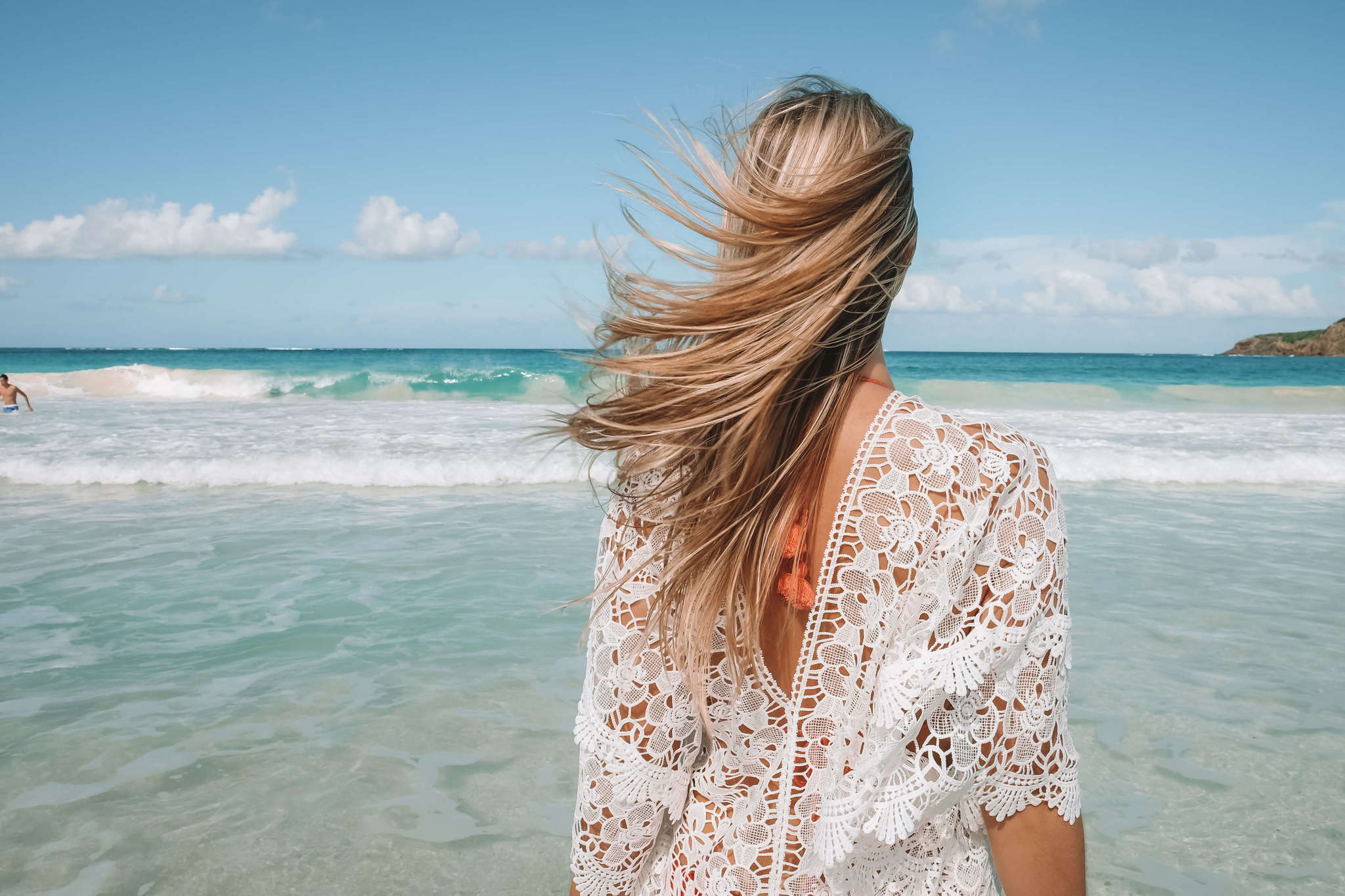
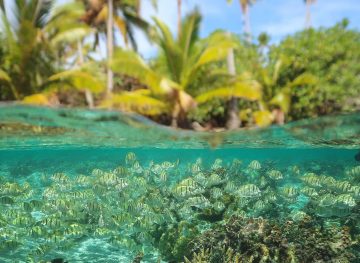






Thanks for sharing! I just came back from snorkeling at a protected lagoon. There are additional ways to stay safe:
— Wear a wide brimmed hat
— Wear sun protective clothing can go a long way with reducing the amount of sunscreen that you use and reapply often
— Wear swim leggings and swim long sleeve shirts
— Avoid sun during the peak hours (10 AM – 4 PM)
It also appears that the term “reef safe” is not actually a marketing term, and it’s not approved by the FDA.
Hi LC! Great ideas for avoiding too much sun exposure. And that’s really interesting about the “reef safe” term — I wonder if that will change in the months/years to come